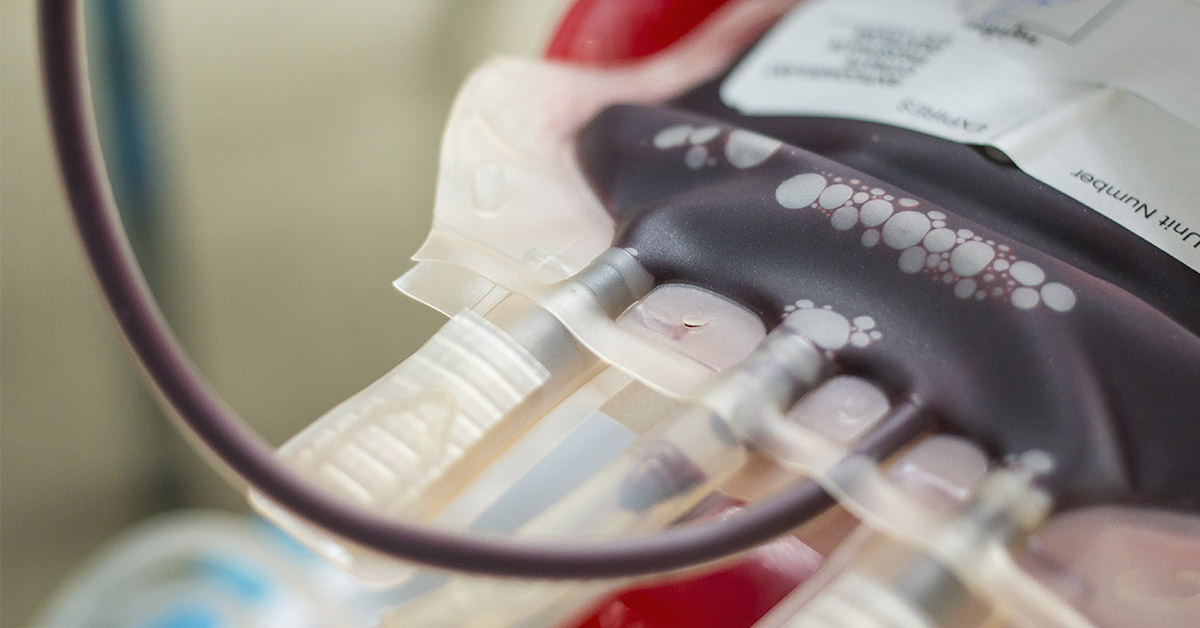You’ve probably heard of the four blood types A, B, AB, and O. What you may not have known, however, is that there are actually many more blood types than just those basic four. Recently, scientists have discovered new blood types that could help doctors when determining blood type compatibility. This wouldn’t just benefit those in need of blood transfusions, but it could also help pregnant mothers and their growing babies.
Scientists Discover Game-Changing New Blood Types
While we generally only talk about the A, B, AB, and O blood types, those aren’t actually the only blood classification systems. Our blood is grouped based on the red blood cells that make up our blood, and there are many ways of doing this. These groups are based on the differences in the sugars or proteins that coat their surfaces. These are known as antigens.
What this means is that your blood can be classified in several different ways based on these various ways of grouping them. The A, B, AB, and O system is just one. There are, in fact, 44 ways of classifying blood, with the 44th being the newest set of blood grouping, meaning that we now know of new blood types. This new system is called the “Er” system. (1)
Read: The woman whose own immune system possibly cured her of HIV
How Did Scientists Discover The Er System?
The discovery of this new blood type classification came out of rather sad circumstances. Doctors in the UK had to deliver a mother’s baby many weeks early because they realized that there was something wrong with the baby’s blood. They delivered the baby via c-section and gave the child many blood transfusions. Despite their efforts, the baby suffered a brain hemorrhage and passed away.
The doctors continued to study the child’s and mother’s blood in an attempt to understand what had happened. It was the mother’s blood that gave them quite a shock: She has an ultra-rare blood type. This means that likely because her blood type was so rare, her child’s blood was simply not compatible with her own. They believe that this prompted her immune system to make antibodies against her baby’s blood, which then crossed the placenta and harmed her growing child. From this woman’s blood, the scientists were able to determine exactly what made her blood different and confirmed a new set of blood types or grouping system, Er. (2)
The Not-So-New, New Blood Type
Scientists actually first recognized that there was this mystery blood type all the way back in 1982. At the time, however, they didn’t have the technology necessary to go much further beyond recognizing that these strange antigens existed. Since then, others with this blood type have surfaced. They have been very few, however, and only turn up by chance in blood tests. (3) Eventually, scientists Nicole Thornton and her fellow colleagues at NHS Blood and Transplant decided to dig a little further into these samples.
This was quite the challenge, as they had just 13 samples from a span of 40 years that were known to have this mysterious blood type. Their inquest, however, was not in vain, as they discovered the newest blood type, classification system #44: Er. It is named vaguely after the first person in whom they discovered this kind of blood.
Read: Signs You Have a Blood Clot and Don’t Even Know it
The 44th Blood Type
The Er blood type grouping system is linked to the protein Piezol, which is found on the surface of the red blood cells. Dr. Thornton and her colleagues noticed that the gene responsible for this protein varied across people with Er blood types. A small number of those people have alternative amino acids (the building blocks of proteins) in their Piezol protein. As a result, blood cells with the more common Piezol protein appear foreign in the eyes of their bodies’ immune systems. After some more tests, they concluded that Piezol was the thing driving blood incompatibility in these people. The technology required to study this didn’t exist even just a few years ago, which is why they have only discovered it now.
This is important because, though this blood type is not common, it could be life saving when looking at blood transfusions, as well as when dealing with situations such as this mother and her baby. Knowing that these new blood types – the Er types – exist, means that doctors can potentially identify the problem earlier on. In the case of pregnant mothers, doctors can deliver life-saving blood transfusions in the womb, giving that growing baby a better chance at life. Researchers say that it is very unlikely that you have incompatible blood because of Er antigens. If you do, however, it is something that you would want to know. Again, it could save your life or someone else’s.
Keep Reading: Every Person with Blue Eyes is a Descendant of One Single Person
Sources
- “Scientists Have Discovered a New Set of Blood Groups.” Wired. April 18, 2022.
- “Missense mutations in PIEZO1, encoding the Piezo1 mechanosensor protein, define the Er red blood cell antigens.” ASH Publications. Vanja Karamatic Crew, et al. September 9, 2022.
- “A ‘new’ high frequency antigen Era.” Wiley. G. L. Daniels Ph.D., et al. June 1982.

